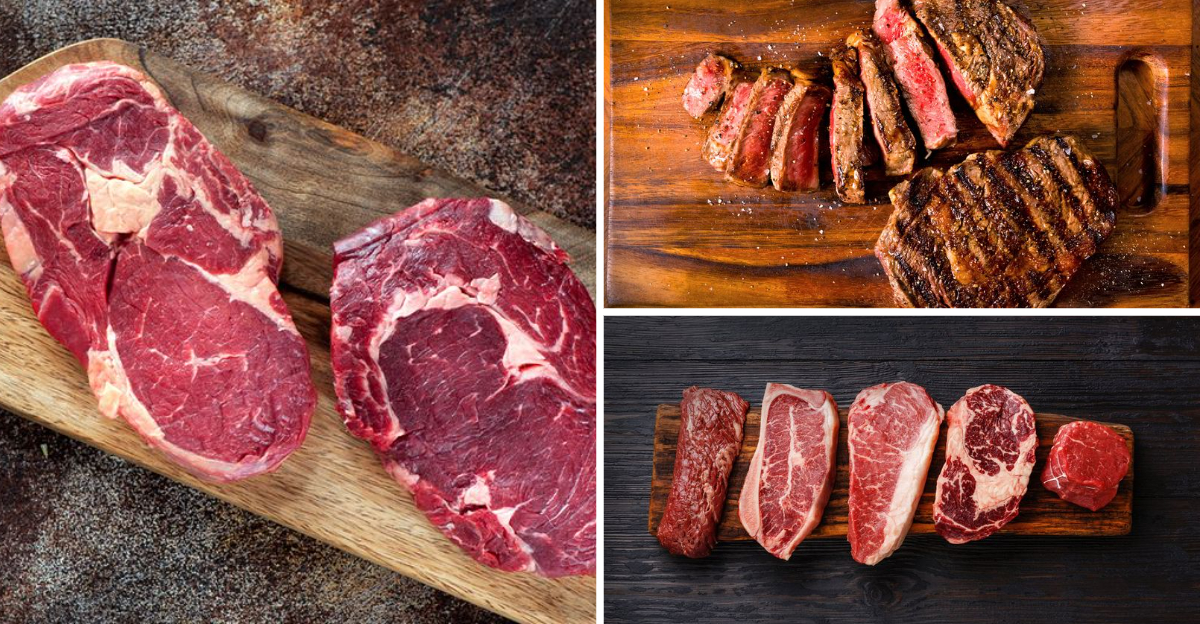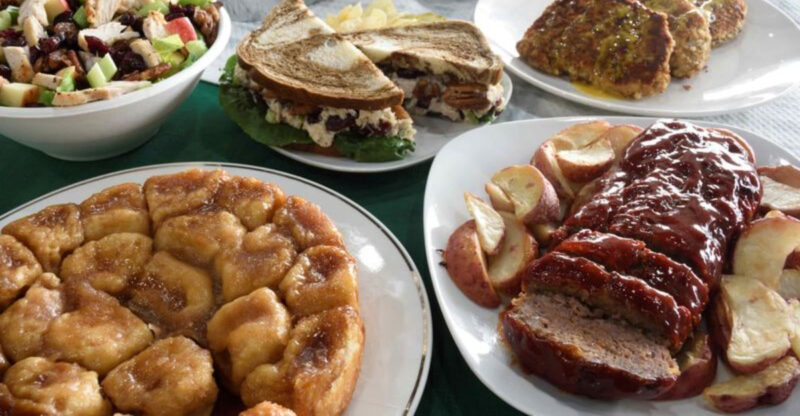11 Insider Wyoming Butcher Tips About Meat Cuts You Have Probably Never Heard Before

Wyoming butchers know things about meat that most people never learn. From hidden cuts to aging techniques, these professionals carry knowledge passed down through generations.
Learning their secrets could transform how you shop, cook, and enjoy beef at home. Here are eleven insider tips that might just change your relationship with meat forever.
1. The Best Value Cuts Aren’t On The Front Page Of The Menu
Popular cuts like ribeye and tenderloin get all the attention, but savvy shoppers look elsewhere. Chuck roast, flat iron steak, and tri-tip offer incredible flavor without the premium price tag.
Many restaurants spotlight expensive cuts because they bring higher profits. Your local butcher, however, can point you toward underrated options that taste just as good when prepared correctly.
2. Why Grass-Fed Wyoming Beef Tastes Different
Cattle raised on Wyoming’s natural grasses develop a distinct, earthy flavor profile. The diet affects fat composition, creating beef that’s leaner with a slightly gamey note some people adore.
Grass-fed animals also move more freely across pastures, building muscle differently than grain-fed counterparts. This results in meat with firmer texture and deeper color that stands out on the plate.
3. Ask For The “Butcher’s Cut”
Butchers often keep special cuts aside for themselves or knowledgeable customers who ask. The Denver steak comes from the chuck and delivers rich marbling at a fraction of ribeye’s cost.
Teres major, sometimes called petite tender, resembles filet mignon in texture but costs much less. These cuts require skillful trimming, so not every shop displays them openly.
4. The Secret To Tenderizing Without Losing Flavor
Forget harsh chemical marinades that mask beef’s natural taste. Dry-brining with coarse salt draws out moisture, then reabsorbs it along with seasoning, breaking down proteins gently.
Another method involves scoring the surface lightly and letting the meat rest at room temperature before cooking. This approach preserves flavor while achieving tenderness through simple, time-tested techniques.
5. Dry Aging Vs. Wet Aging
Dry aging concentrates flavor by allowing moisture to evaporate over weeks in controlled conditions. The process creates a nutty, complex taste with a tender bite that enthusiasts seek out.
Wet aging happens in vacuum-sealed bags and produces milder flavor but consistent tenderness. Many Wyoming ranchers prefer dry-aged beef for special occasions while choosing wet-aged for everyday meals.
6. How To Spot True Freshness At The Counter
Bright cherry-red color indicates freshness, though vacuum-sealed meat might look darker until exposed to air. Check for firm texture without excessive liquid pooling in the package.
Fresh beef should smell clean and slightly metallic, never sour or ammonia-like. Marbling should appear white or cream-colored rather than yellow, which suggests older meat or poor storage conditions.
7. Use The Right Knife And Cut With The Grain
A sharp knife makes all the difference when preparing meat for cooking or serving. Dull blades tear muscle fibers instead of slicing cleanly, affecting both texture and presentation.
Cutting against the grain shortens those tough fibers, making each bite more tender. Look for the direction of muscle striations and slice perpendicular to them for optimal results every time.
8. Lesser-Known Cuts That Shine On The Grill
Flank steak and hanger steak might not look fancy, but they absorb marinades beautifully and develop incredible char on the grill. Both cuts benefit from high heat and quick cooking.
Skirt steak offers intense beefy flavor with loose grain that soaks up seasonings. These options cost less than premium steaks while delivering satisfying results for backyard cookouts or weeknight dinners.
9. The Importance Of Resting Meat Before Serving
Resting allows juices to redistribute throughout the meat after cooking, preventing them from running out when you slice. Even five minutes makes a noticeable difference in moisture and flavor.
Larger roasts need longer resting periods, sometimes up to twenty minutes under loose foil. This simple step ensures every bite stays juicy rather than leaving a puddle on the plate.
10. Creative Ways To Use Trimmings And Bones
Bones create rich, nourishing stock that forms the base for soups, sauces, and gravies. Simmering them for hours extracts collagen and minerals that store-bought versions rarely match.
Fat trimmings can be rendered into tallow for frying or seasoning cast iron. Ground trimmings make excellent burger meat when mixed with leaner cuts, reducing waste while maximizing value from each purchase.
11. Why Building A Relationship With Your Butcher Pays Off
Regular customers often get first pick of special cuts, custom trimming services, and insider advice about what’s freshest that day. Butchers remember preferences and can suggest new options based on past purchases.
Building rapport means access to better deals, cooking tips, and sometimes even recipes passed down through generations. This personal connection transforms shopping from a transaction into a trusted partnership.






